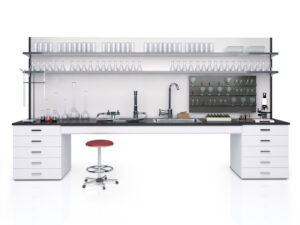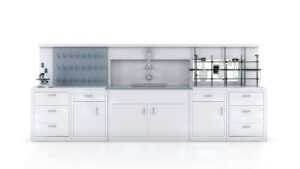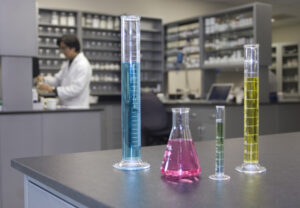
School science labs play a crucial role in shaping the educational experiences of students, serving as the birthplace of scientific curiosity and discovery. However, not all science labs are created equal, and the design and functionality of these spaces can greatly impact student engagement and learning outcomes.
Creating school science labs that inspire students involves careful consideration of various elements, from the layout and equipment to the integration of technology and nature. By designing science labs that are not only functional but also inspiring, educators can create environments that foster creativity, critical thinking, and a passion for science.
Key Elements for a School Science Lab that Inspires
An inspiring high school or middle school science lab typically combines several key elements to create an environment that sparks curiosity and fosters learning. Here are some factors that contribute to making a school science lab inspiring:
1. Engaging Design
Creating an inspiring environment in a school science lab can be achieved through thoughtful use of color, lighting, and display areas.
Colors can be used to stimulate creativity and focus, with bright colors like yellow and orange energizing the space, while blues and greens can promote calmness and concentration. Lighting plays a crucial role in setting the mood and highlighting important areas.
Using adjustable lighting allows for flexibility in creating different atmospheres for various activities. Such innovative use of space can contribute to a stimulating and inspiring environment for learners.
2. Incorporating Nature
Incorporating nature into a school science lab design can further inspire students by creating a more dynamic and stimulating learning environment.
One way to do this is by incorporating living elements, such as plants or small aquariums, into the lab. These can serve as examples for biological concepts and create a sense of connection to the natural world.
Additionally, natural materials, such as wood or stone, can be used in the lab’s design to create a more organic and inviting atmosphere. Natural light should also be maximized, as it can improve mood and concentration.
Overall, integrating nature into the lab design can help students feel more connected to the world around them and inspire a sense of wonder and curiosity about the natural sciences.
3. Flexible Spaces in School Science Labs
Labs that can be easily reconfigured to accommodate different types of experiments or group sizes can facilitate various student learning experiences. Flexible furniture and equipment can support various teaching methods and student groupings.
Modular furniture like movable desks, tables, and chairs that can be rearranged easily to accommodate different group sizes and activities. Design the lab to be flexible and conducive to collaboration. Include areas for group work, discussion, and presentation of findings. A reputable, accredited lab design company with design, manufacturing, and installation all under one roof can provide valuable guidance to explore the options.
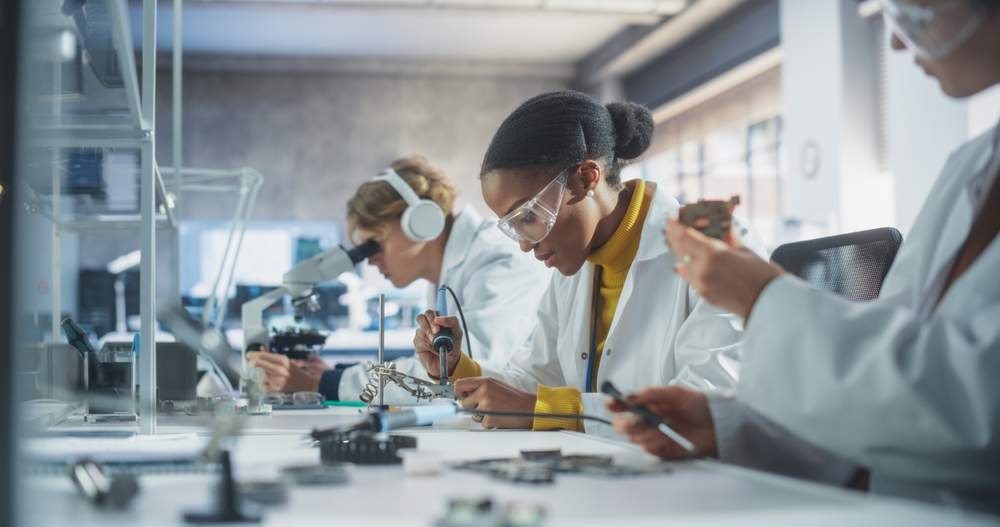
4. State-of-the-Art Equipment
Access to modern, high-quality equipment and fixtures in school science labs can enhance the learning experience and allow students to engage in hands-on practical experiments that mirror real-world scientific practices. This includes items like microscopes, Bunsen burners, glassware, measuring instruments, as well as advanced tools for specialized projects.
5. Storage
Opt for storage units on wheels that can be easily moved around in a school science lab to create more space or to reconfigure the layout as needed. This allows for quick changes in the set-up for different experiments or projects.
6. Safety and Accessibility
A safe and accessible school science lab is essential. This includes proper storage for chemicals, easy access to safety equipment, and accommodation for students with disabilities. Ensure the lab meets all safety standards and regulations. Provide appropriate safety gear and protocols to ensure students can explore safely.
Related Reading: Creating Interactive Learning Spaces with School Science Lab Tables
Open Space for Collaboration
Include open spaces where students can collaborate on projects and discuss ideas. Provide comfortable seating options, such as ergonomic chairs or bean bags, to make the space more inviting. This can encourage teamwork and the sharing of diverse perspectives.
Collaboration spaces can include display areas featuring displays of student work, scientific achievements, or relevant artifacts. It can showcase materials related to current experiments or research, providing a visual representation of concepts being studied.
These displays in school science labs enhance the learning environment and encourage curiosity and engagement among students, making the lab a dynamic and exciting place to learn.
Providing opportunities for collaboration and teamwork can inspire learners by fostering a sense of community and shared discovery.
Interactive Technology
Modern school science labs can incorporate various interactive technologies to enhance the learning experience. Ensure that the lab is equipped with easily accessible power outlets and technology interfaces that can be used for different types of lessons and activities.
Incorporate tablets and computers to enhance the learning experience and facilitate research. Other technologies for school science labs include:
— Interactive Whiteboards
These allow teachers and students to interact with digital content, annotate diagrams, and conduct virtual experiments.
— Digital Microscopes
These provide high-resolution images that can be displayed on screens, allowing for detailed examination of specimens.
— Augmented Reality (AR) and Virtual Reality (VR)
AR and VR technologies can provide immersive experiences in school science labs, allowing students to explore concepts that are otherwise difficult to visualize, such as molecular structures or geological formations.
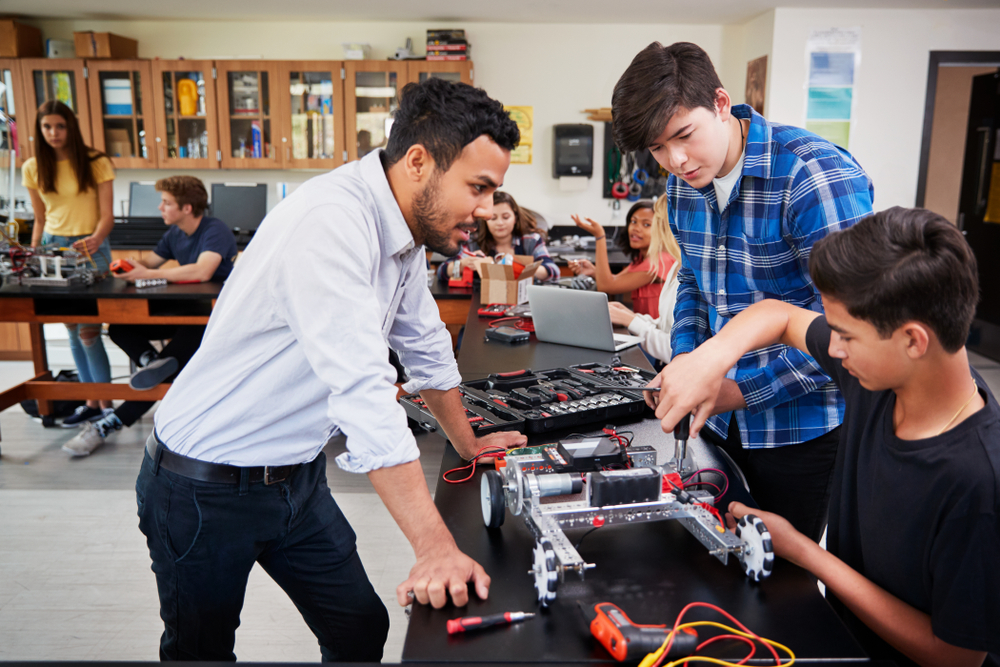
— Robotics Kits
Robotics kits allow students to build and program robots in the school science lab, providing hands-on experience with engineering and programming concepts. Students can learn about robotics, automation, and artificial intelligence through practical experimentation.
— 3D Printers
3D printers in a school science lab can be used to create physical models of scientific concepts, enhancing students’ understanding of abstract ideas. Students can design and print their own models, fostering creativity and innovation. Additionally, 3D printing can be used to create custom lab equipment or prototypes for experiments, providing practical applications of STEM concepts.
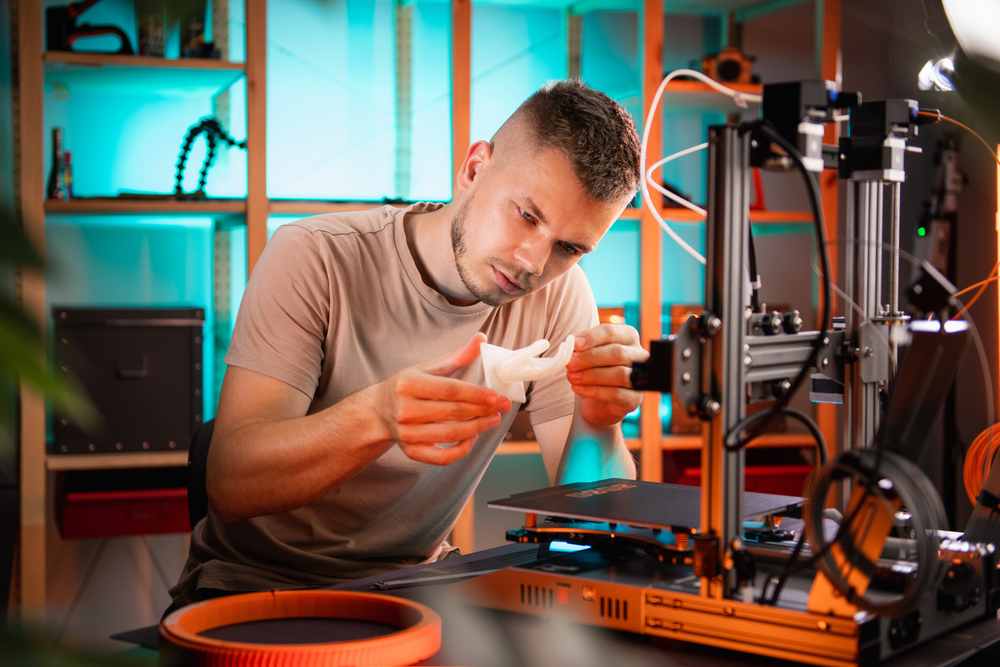
— Data Logging Equipment
This equipment allows students to collect and analyze real-time data from experiments, helping them understand scientific concepts and the scientific method.
— Simulation Software
Software programs can simulate complex scientific phenomena, helping students in a school science lab visualize and understand abstract concepts.
— Interactive Displays
Touchscreen displays can be used to present information, diagrams, and simulations, allowing for interactive learning experiences.
— Online Collaboration Tools
Tools like Google Workspace or Microsoft Teams can facilitate collaboration among students and teachers, allowing them to share resources, work on projects together, and communicate effectively.
Incorporating these technologies can make science labs more engaging and help students develop the skills they need to succeed in STEM fields.
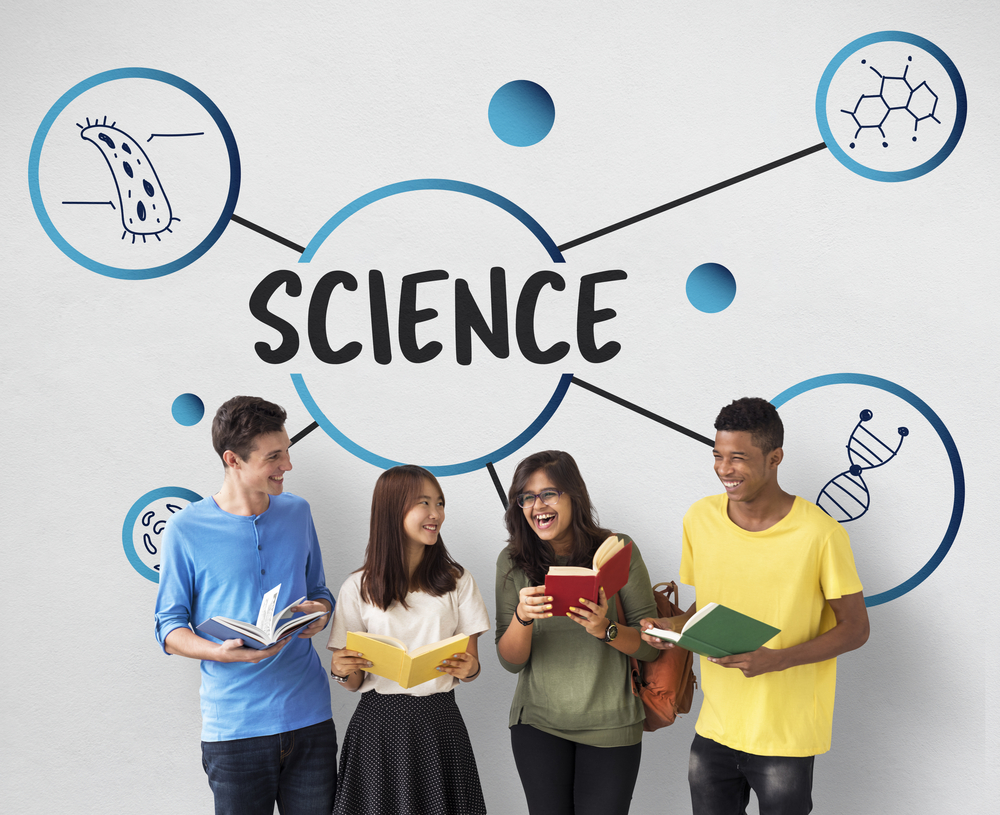
STEM Education
STEM education is an interdisciplinary approach to learning that integrates concepts from science, technology, engineering, and mathematics.
It focuses on real-world applications of these subjects and encourages students to solve complex problems, think critically, and work collaboratively.
STEM education emphasizes hands-on learning, inquiry-based instruction, and the integration of technology to prepare students for careers in STEM fields.
By engaging students in STEM education, educators aim to develop a strong foundation in these subjects and cultivate skills that are essential for success in the 21st-century workforce.
Related Reading: Exploring the Role of Science Laboratories in Modern Schools

The Role of Teachers in Creating Inspiring School Science labs
Supportive and knowledgeable science teachers who can guide students through experiments, encourage inquiry, and provide context for learning are crucial to creating an inspiring school science lab.
1. Engaging Curriculum
Develop a science curriculum that is hands-on, inquiry-based, and relevant to students’ lives. This can include science experiments, projects, field trips, and other activities that foster curiosity and critical thinking.
2. Real-World Connections
Incorporate real-world problems and challenges into lab activities. This can help students see the relevance of their work and inspire them to come up with innovative solutions.
3. Encouragement of Curiosity
Encourage students to ask questions, explore new ideas, and think critically. Create a culture where curiosity is valued and rewarded.
4. Feedback and Reflection
Provide opportunities for students to receive feedback on their work and reflect on their learning process. This can help them refine their ideas and elevate their problem-solving skills.
By incorporating these elements, educators can create a stimulating environment that fosters creativity and innovation among science students in a school lab.
Integrating Green Energy Technology
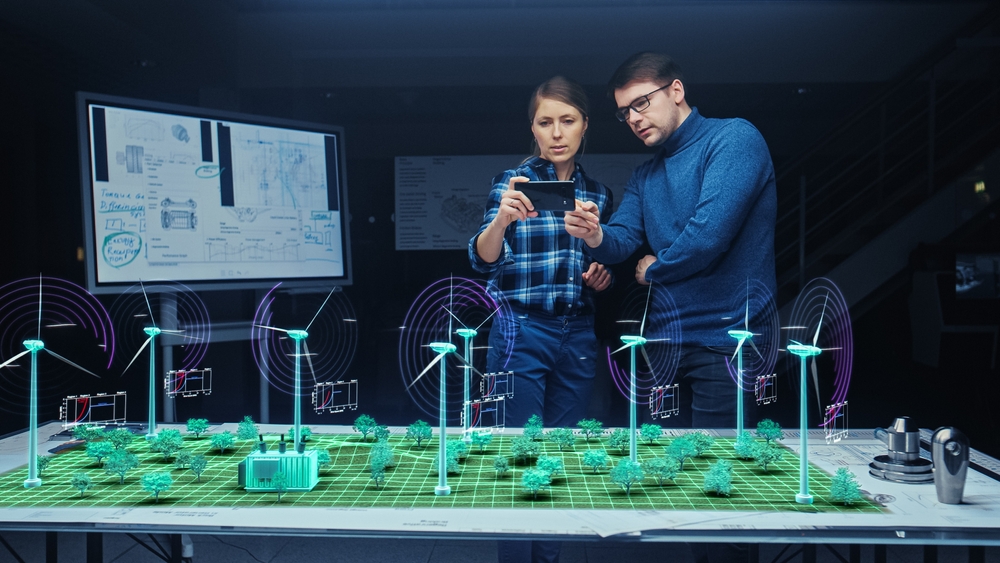
One way to integrate green-energy technology in a school science lab is with real-time consumption and energy generation.
Install wind turbines, solar panels, and rain collection systems on the school premises. These systems can be connected to a web-based dashboard in the school science lab that displays real-time data on energy generation and consumption.
Energy Monitoring: Students can access this dashboard to monitor how much energy is being generated by the renewable sources and how much is being consumed by the school. This provides a hands-on learning experience that allows students to see the direct impact of green-energy technology on their environment.
Weather Monitoring: In addition to energy monitoring, real-time weather monitoring can also be integrated into the dashboard. Weather sensors installed on the school grounds can provide data on temperature, humidity, wind speed, and precipitation. This data can be displayed alongside the energy generation and consumption data, allowing students to explore the relationship between weather conditions and energy production.
Birdlife Monitoring: To further enhance the learning experience, birdhouses with live camera feeds can be installed on the school grounds to provide students with a live feed of bird activity, allowing them to observe and learn about local bird species. This hands-on approach to learning about biodiversity and wildlife can help students develop a deeper appreciation for the natural world.
Overall, integrating green-energy technology, real-time weather monitoring, and live camera feeds into a web-based dashboard can provide students with a holistic view of sustainability and environmental science. It can also inspire them to explore careers in STEM fields related to renewable energy and environmental conservation.
Community Involvement and Field Trips
Science educators can further create inspiration and curiosity by engaging with the local scientific community. This could include inviting guest speakers and creating mentorship opportunities.
Furthermore, the learning in school science labs can be extended to include access to real-world scientific research by taking the learners on field trips. Their observations and experiences can then be further explored back in the school science laboratory.
Field Trips — Nature
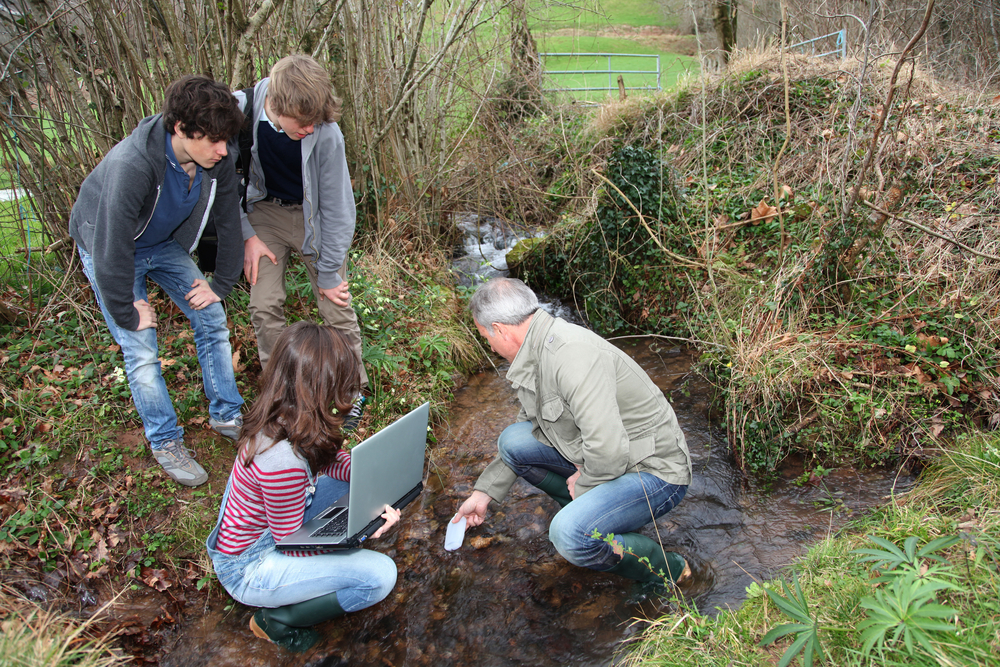
Taking learners on field trips can further enhance their connection to nature and the sciences. Field trips provide opportunities for hands-on learning experiences that are difficult to replicate in a classroom or lab setting.
Visiting natural environments such as forests, wetlands, or beaches can give students a firsthand look at ecosystems, biodiversity, and natural processes. This can help make abstract concepts more tangible and relevant, fostering a deeper understanding and appreciation for the natural world.
Environmental Research Centers: Centers focused on environmental research, such as those studying climate change, biodiversity, or conservation, often offer educational programs and tours where students can learn about environmental science and conservation efforts.
Additionally, field trips can inspire students by exposing them to real-world applications of science and sparking their curiosity to explore further.
Field trips — Laboratories
Here are some suggestions for field trips to research facilities or laboratories where students can observe scientists and researchers at work:
- Universities and Research Institutes: Many universities and research institutes offer tours of their research facilities, where students can observe scientists conducting research in various fields such as biology, chemistry, physics, and engineering.
- Government Research Centers: Government research centers, such as those operated by agencies like NASA, NOAA, or the National Institutes of Health (NIH), frequently offer tours and educational programs where students can learn about cutting-edge research and technology.
- Industrial Research and Development Labs: Companies that specialize in research and development, especially in fields like pharmaceuticals, biotechnology, and engineering, sometimes offer tours of their labs to students interested in STEM careers.
- Science Museums and Science Centers: While not traditional research facilities, science museums and centers often have interactive exhibits and demonstrations that showcase scientific research and discoveries.
- Medical Research Centers and Hospitals: Hospitals with research facilities or medical schools typically offer tours where students can learn about medical research and healthcare innovations.
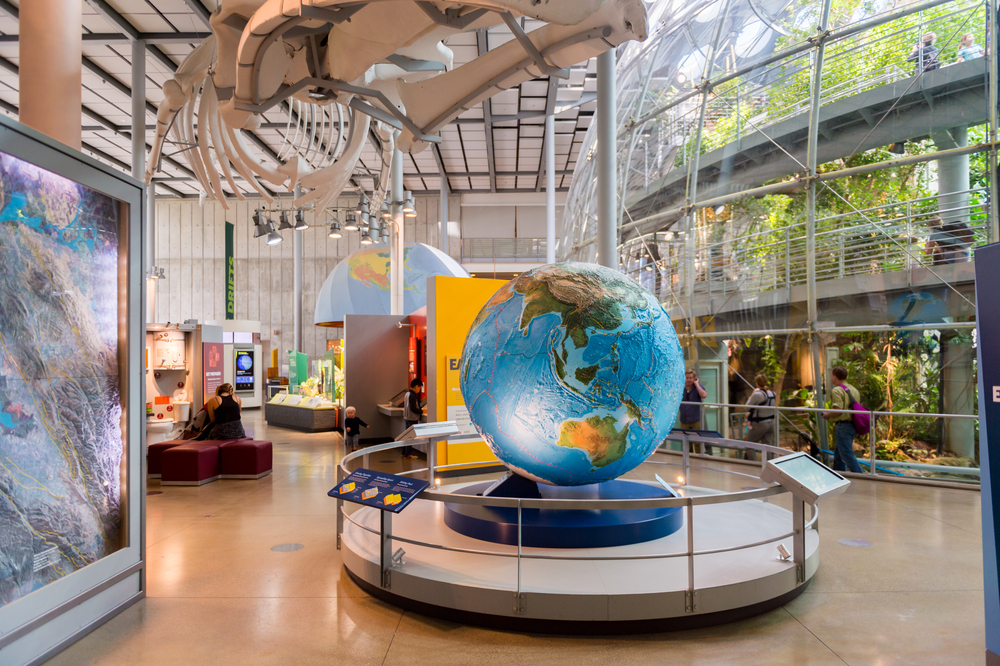
These field trips can provide students with valuable insights into the world of scientific research and inspire them to pursue careers in STEM fields.
Conclusion
In conclusion, creating school science labs that inspire students requires a holistic approach that goes beyond just the physical space. It involves integrating modern technology, incorporating elements of nature, and providing opportunities for hands-on learning and collaboration. By creating science labs that are dynamic, engaging, and reflective of real-world scientific environments, educators can ignite a passion for science in their students and prepare them for success in an increasingly STEM-focused world.

